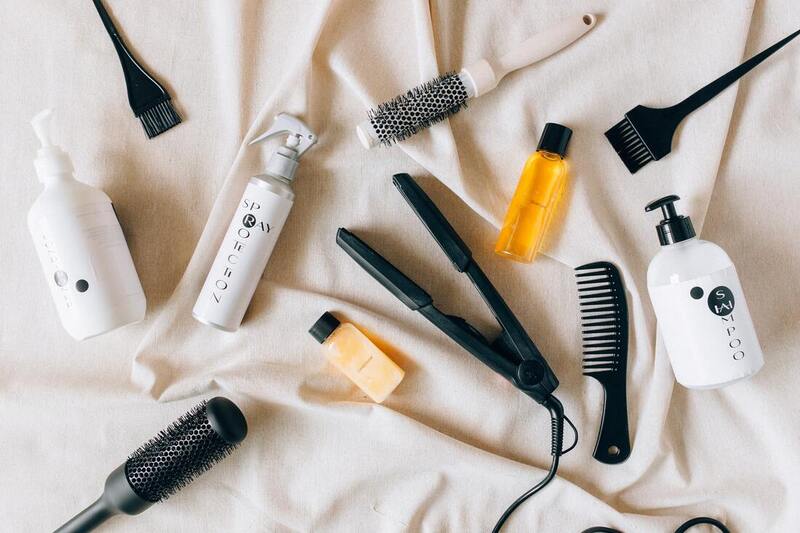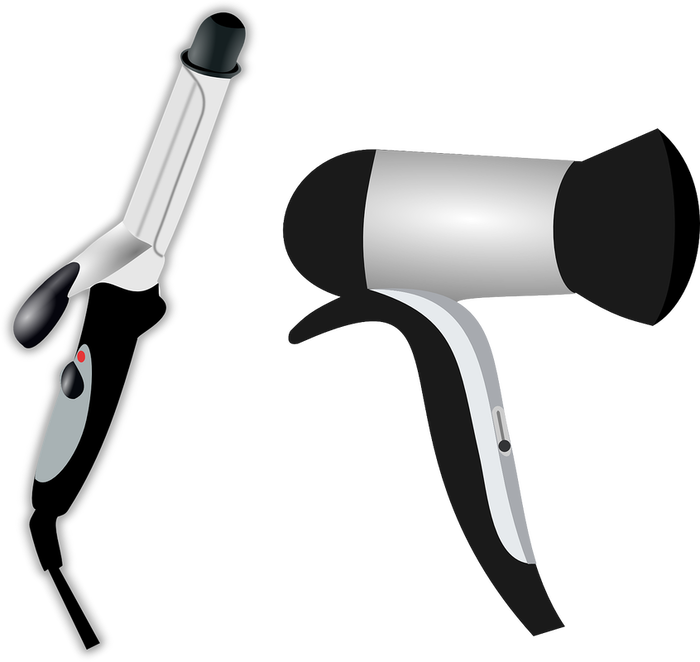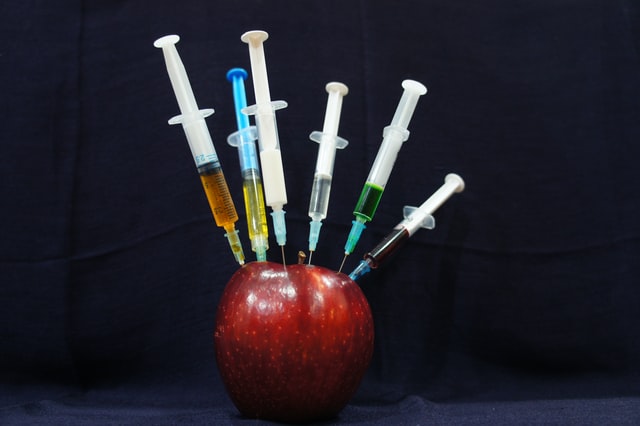Hair Straighteners and Uterine Cancer
Although hair straighteners seem harmless and are often used for cosmetic purposes, recent findings have revealed a possible risk associated with their use. Researchers found a connection between using hair straighteners and the occurrence of uterine cancer. This eleven-year study consisted of 33,437 women ranging from ages 35–74. Participants were initially evaluated using a questionnaire that asked if the women had used hair products such as hair dye, straighteners, relaxers, pressing products, and perms. Other factors such as race, ethnicity, weight, physical activity, and alcohol consumption were taken into account with the questionnaire. The women were contacted annually and received follow-up assessments every two to three years.
A hormonal imbalance between estrogen and progesterone as well as exposure to excess estrogen are known factors that lead to the development of uterine cancer. Hair products may contain endocrine-disrupting chemicals which may contribute to uterine cancer by altering a woman's hormones. The study showed that women who used hair straightening products were more likely to develop uterine cancer than women who have never straightened their hair. The association grew stronger as women who frequently used hair straightening products had a higher rate of uterine cancer. However, while hair straightening products were found to be linked to cancer, other hair products, like dyes and perms, do not have the same association.
A hormonal imbalance between estrogen and progesterone as well as exposure to excess estrogen are known factors that lead to the development of uterine cancer. Hair products may contain endocrine-disrupting chemicals which may contribute to uterine cancer by altering a woman's hormones. The study showed that women who used hair straightening products were more likely to develop uterine cancer than women who have never straightened their hair. The association grew stronger as women who frequently used hair straightening products had a higher rate of uterine cancer. However, while hair straightening products were found to be linked to cancer, other hair products, like dyes and perms, do not have the same association.
Image Source: OpenClipart-Vectors
The researchers concluded that the scalp has a higher rate of absorption as compared to other parts of the body. Absorption rates can be amplified by heat damage caused by hair straightening processes. This increases chemical exposure risk by allowing the hair straightening chemicals to easily absorb into the skin.
Additionally, some correlations were observed in the other factors included in the preliminary questionnaire. For example, there was a strong relationship between straightener use and low physical activity—indicating that physically active women may be less likely to be affected by uterine cancer risk factors. Another key difference to note is that there were no significant observations made in uterine cancer between racial groups; however, these health risks may disproportionately affect Black women more due to the higher frequency of use within the racial group.
While there was a positive correlation between hair straightening product use and uterine cancer, the study did not investigate the specific compounds or chemicals that cause uterine cancer itself as the straightening products were not collected in the data. Therefore, straightening brands and their respective ingredients cannot be specifically identified. Despite the correlation, there is no concrete evidence that hair straighteners are a cause of uterine cancer. So, while straighteners are generally safe, people are urged to take caution when using them in the future.
Additionally, some correlations were observed in the other factors included in the preliminary questionnaire. For example, there was a strong relationship between straightener use and low physical activity—indicating that physically active women may be less likely to be affected by uterine cancer risk factors. Another key difference to note is that there were no significant observations made in uterine cancer between racial groups; however, these health risks may disproportionately affect Black women more due to the higher frequency of use within the racial group.
While there was a positive correlation between hair straightening product use and uterine cancer, the study did not investigate the specific compounds or chemicals that cause uterine cancer itself as the straightening products were not collected in the data. Therefore, straightening brands and their respective ingredients cannot be specifically identified. Despite the correlation, there is no concrete evidence that hair straighteners are a cause of uterine cancer. So, while straighteners are generally safe, people are urged to take caution when using them in the future.
Featured Image Source: Nataliya Vaitkevich
RELATED ARTICLES
|
Vertical Divider
|
Vertical Divider
|
Vertical Divider
|






